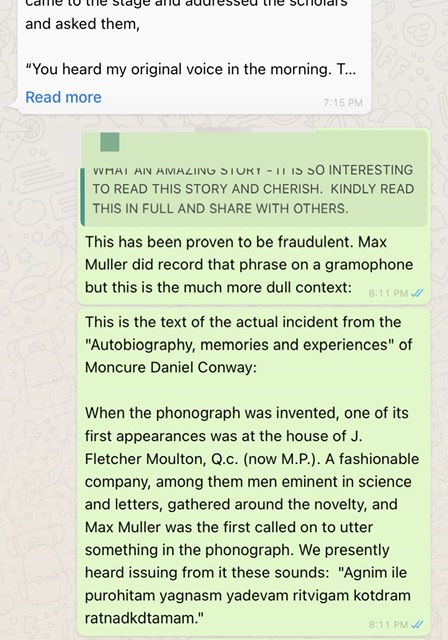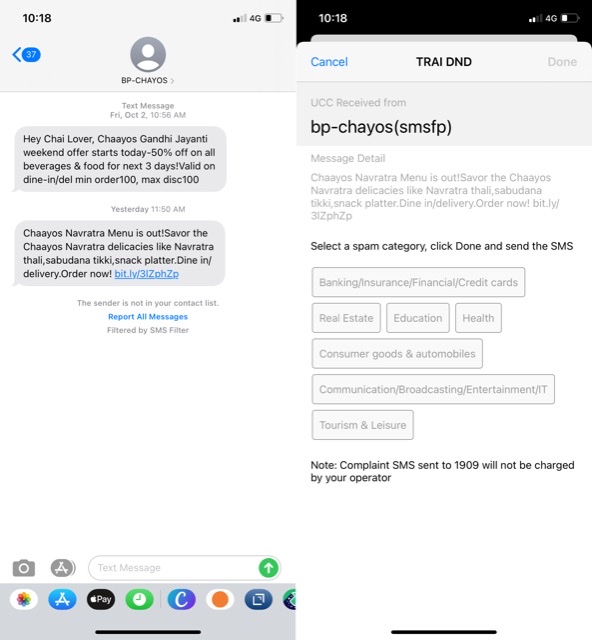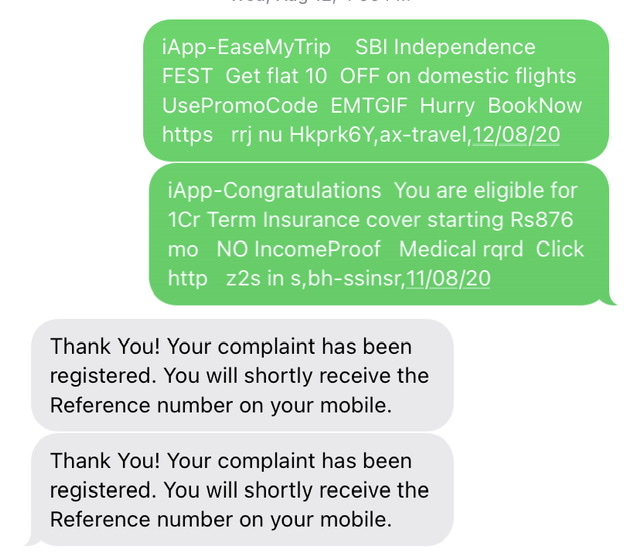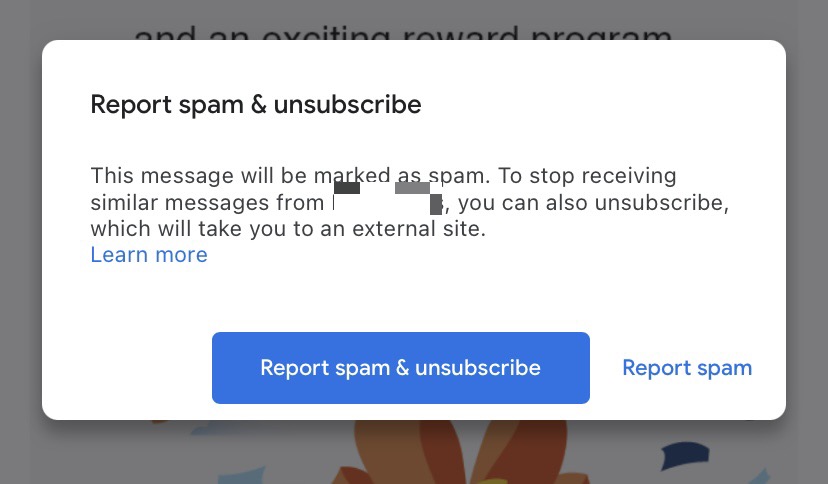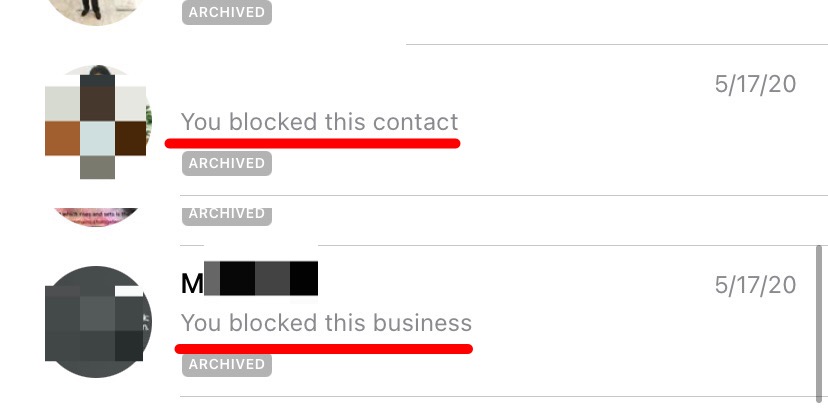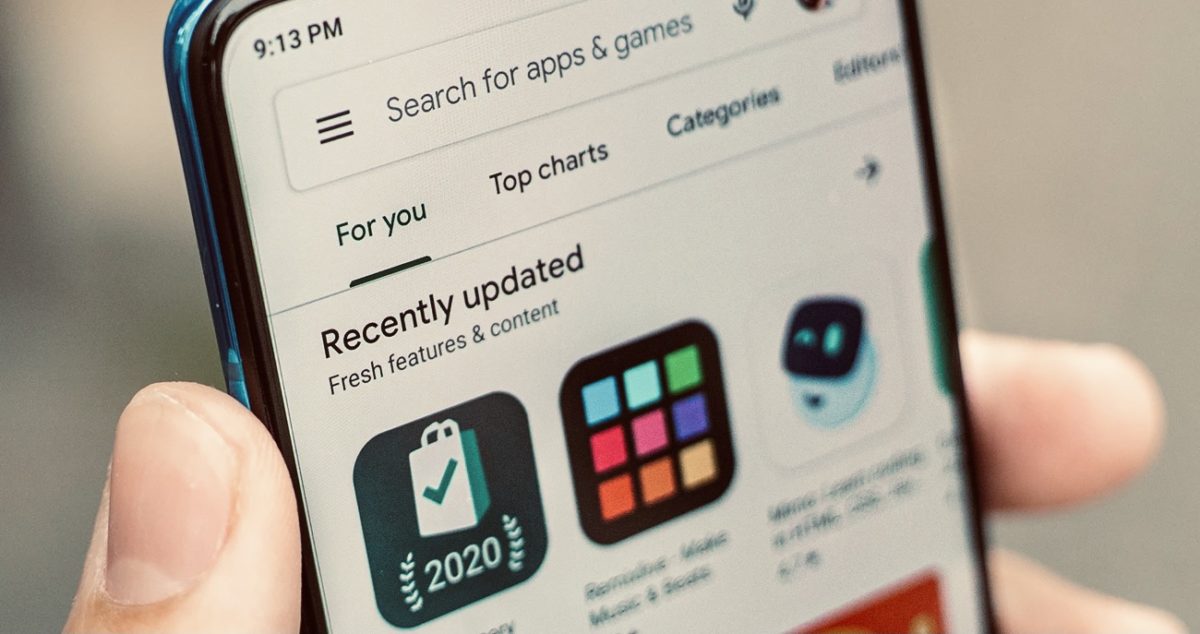(Part 2 – Who should you trust – and avoid?)
The excellent Block Together was a great idea – to share block lists between people on Twitter. As this Jan 2019 article described, you could discover block lists, add them to your account and pre-emptively block tens of thousands of accounts right away.
Earlier in 2020, though, its only developer declared that they were no longer able to develop it, and eventually shuttered the service.
Twitter itself has also made it harder to export and import block lists. Its own 2015 blog post described how one could create and share block lists to improve one’s experience. You can see from their own screenshot how straightforward it was:

In 2020, that functionality is no longer available. Twitter states that
… block list, a feature for people to export and import a CSV file of blocked account lists through twitter.com, is no longer available. However, you can still view and export a list of the accounts you have blocked through Your Twitter Data, found under your account settings.
– How to manage your block list
Yes – it actually removed the bulk blocking feature – one that’s more important now than ever before. Exporting your block lists is now cumbersome because it’s part of your overall Twitter data export. For me, this export took about a day to be available. Creating public block lists, while possible, is harder than just five years ago.
The Twitter API still allows for blocking users, so one could create a Twitter app for the purpose of importing a publicly available block list into one’s account.
Other social media
While the concept of block lists is less applicable to Linkedin and Whatsapp, as we had seen in our article on spam, we should report misinformation in the same way we do unsolicicted mesages.
Web and email
Medium and Substack are two of the most popular publishing platforms as of 2020. Medium has the ability for readers to report articles. Substack doesn’t seem to have any such support.
However, like we’ve discussed before, discovering great newsletters is still an unsolved problem – and therefore an opportunity.
Whoever builds a search and recommendation engine for newsletters should include in their algorithm a warning flag for those that spread misinformation or hate.
(Part 4 – how can web browsers and DNS providers help?)





